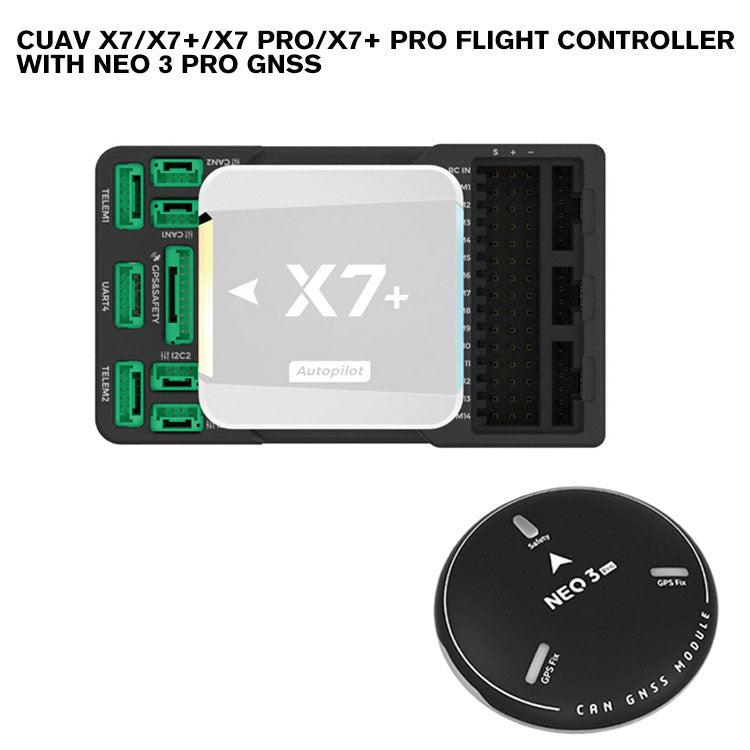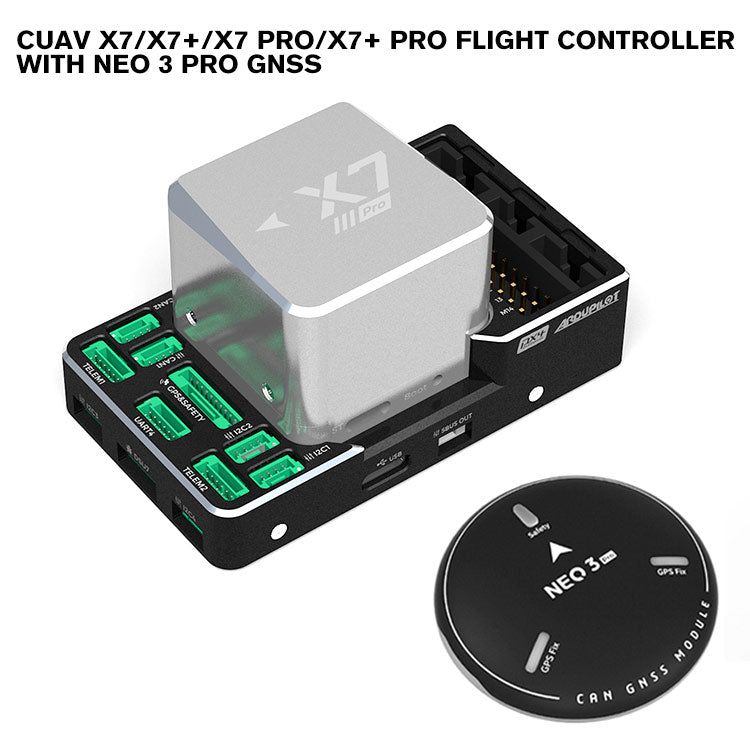Checking Out the Function of Drone Flight Controllers in Enhancing Flight Security and Navigation Effectiveness
The improvement of drone innovation has significantly boosted the importance of trip controllers, which serve as the mind of these airborne vehicles. By incorporating real-time data from a selection of sensors, flight controllers improve flight security and navigation efficiency, guaranteeing that drones can run efficiently even in intricate environments.

Understanding Trip Controllers
Trip controllers are integral parts in the performance of drones, functioning as the minds that stabilize and manage flight procedures. These advanced tools procedure information from various sensors, including accelerometers, gyroscopes, and GPS, to ensure that the drone maintains its intended flight path. The trip controller analyzes this information and carries out commands based on pre-defined algorithms, enabling the drone to react to environmental changes, such as wind or obstacles.
The primary function of a flight controller is to maintain stability throughout trip. It attains this by making real-time changes to the drone's electric motors and control surfaces, making sure balance and control. Additionally, modern trip controllers include sophisticated functions such as waypoint navigation, enabling automated trip courses and improved operational efficiency.
Understanding the design of trip controllers is critical for both hobbyists and experts. As innovation advancements, trip controllers have come to be a lot more small and capable, integrating synthetic intelligence to enhance decision-making procedures and adapt to complicated flight situations.
Key Components of Flight Stability
Achieving optimal flight stability in drones relies on several essential components that work in concert to guarantee regulated and smooth operations. Central to this security is the flight controller itself, which processes data from various sensors to maintain the wanted flight mindset. This consists of accelerometers and gyroscopes that gauge activity and orientation, enabling real-time adjustments to the drone's placement.
Another important part is the digital rate controllers (ESCs), which manage the power supplied to the electric motors. By carefully adjusting electric motor rates in response to flight controller commands, ESCs aid keep balance and counteract disruptions triggered by wind or sudden motions.
Furthermore, the design of the drone's structure plays a crucial function in flight security. A well-structured framework minimizes vibrations and enhances the overall aerodynamic account, adding to smoother trip qualities. The combination of advanced formulas within the flight controller help in anticipating changes, making sure a responsive and adaptable flight experience.
With each other, these components develop a cohesive system that improves a drone's stability, permitting for specific maneuvering and improved efficiency in various flight problems.
Navigation Efficiency Methods
Effectiveness in navigating is crucial for maximizing drone procedures, specifically in complicated settings. Efficient navigating techniques improve the capacity of drones to traverse difficult surfaces and avoid challenges, therefore improving operational effectiveness and safety and security.
One popular method is the execution of innovative GPS and inertial dimension devices (IMUs) that provide precise location tracking and orientation data. These innovations enable drones to compute optimal trip paths in real-time, thinking about different aspects such as wind problems and possible obstacles.
Another technique includes making use of algorithms for path preparation and optimization. Algorithms such as A * and Dijkstra's algorithm can be deployed to establish one of the most reliable course while decreasing energy usage and flight time. Additionally, integrating machine learning models can enable drones to adaptively find out from their settings, boosting navigating capacities with experience.

Effect On Autonomous Drones
The integration of advanced navigation techniques has greatly changed the capacities of independent drones, enabling them to run with greater freedom and accuracy. SparkNavi drone flight controller and GNSS/INS made in taiwan. These enhancements are largely credited to More Info innovative trip controllers that use real-time information handling and sensor combination, permitting drones to browse complicated environments seamlessly
The effect on autonomous drones expands beyond mere navigating; it includes improved barrier avoidance, enhanced security throughout dynamic conditions, and enhanced mission reliability. By leveraging formulas that integrate maker learning and expert system, drones can adjust to transforming scenarios, making notified decisions that maximize their flight paths while minimizing threats.
Additionally, the application of robust trip controllers has facilitated the execution of complex tasks, such as aerial assessments, shipment solutions, and agricultural surveillance, with minimal human treatment. This ability not just improves operations yet likewise decreases human error, therefore improving total safety.
Therefore, the operational extent of self-governing drones has increased significantly, making them important devices in different sectors. Their capability to perform effectively in diverse situations emphasizes the important role that advanced trip controllers play fit the future of unmanned airborne systems.
Future Trends in Trip Control
Frequently, innovations in flight control modern technology are poised to redefine the landscape of drone procedures in the coming years. Emerging trends show a significant shift in the direction of improved synthetic knowledge (AI) assimilation, allowing trip controllers to refine real-time data much more effectively. This evolution will assist in better decision-making capabilities, enabling drones to adjust to vibrant ecological problems autonomously.
Moreover, the implementation of artificial intelligence formulas is anticipated to improve predictive maintenance, thus minimizing downtime and extending the lifecycle of drone elements. This positive technique to upkeep will certainly be crucial as drone applications expand across various industries, from agriculture to logistics.

.png)
Finally, innovations in safe and secure interaction methods will certainly deal with security and regulative worries, making certain that drones can run flawlessly in congested airspaces (SparkNavi drone flight controller and GNSS/INS made in taiwan). Jointly, these fads direct towards a future where flight control systems are not only smarter and more efficient yet additionally qualified of operating safely in a significantly incorporated airspace
Verdict
In conclusion, drone flight controllers are indispensable to enhancing flight security and navigating efficiency with the advanced handling of sensing unit data. By maintaining ideal trip perspectives and employing sophisticated formulas for course optimization and barrier evasion, these controllers considerably add to the autonomy and functional security of drones. As innovation proceeds to progress, additionally innovations in trip control systems are prepared for, assuring improved performance and expanded capabilities in the realm of unmanned aerial automobiles.
By incorporating real-time data from a variety of sensors, trip controllers improve trip security and navigating effectiveness, making sure that drones can run efficiently even in complex environments.Trip controllers are indispensable parts in the performance of drones, offering as the minds that handle and maintain trip procedures. Additionally, modern-day trip controllers integrate sophisticated attributes such as waypoint navigating, enabling for automated flight courses and improved operational performance.
Central to this security is the trip controller itself, which processes information from numerous sensors to keep the preferred flight attitude.In verdict, drone trip controllers are essential to improving flight security and navigation efficiency via the advanced processing of sensing our website unit data.